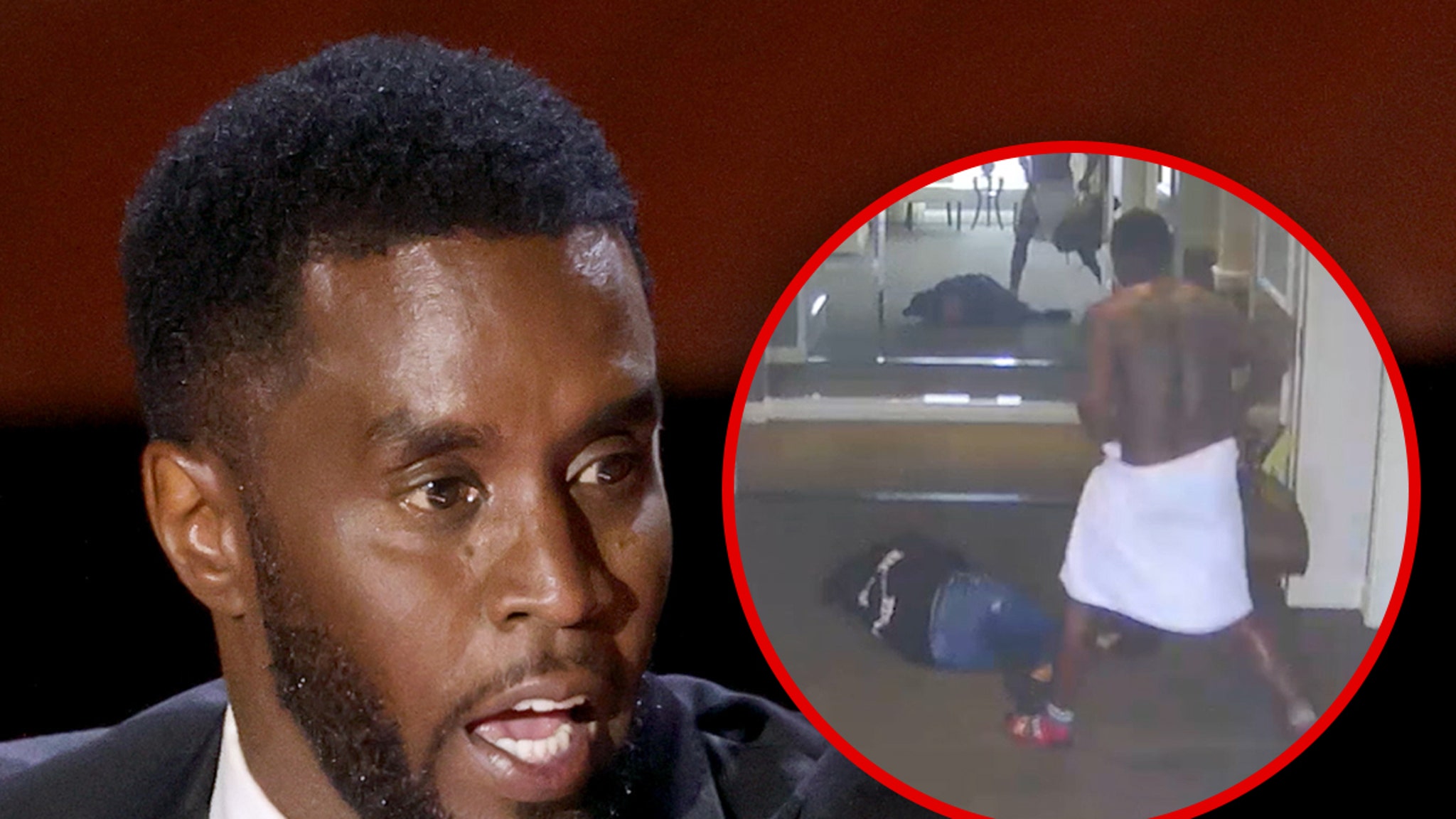Before long, however, he would leave Hollywood and come back again: First starring in “White Man’s Burden” opposite John Travolta before once again shedding his leading man looks in Robert Altman’s “Kansas City” (he previously cameoed in Altman’s “The Player” and “Ready to Wear”). In “Kansas City,” he portrays Seldom Seen, a gangster and numbers runner. As expected for any Altman project, Mr. Belafonte ad-libbed much of his dialogue. In playing a man not too dissimilar from his Uncle Lenny, here, Belafonte taps into the swashbuckling energy that propelled his turn in “Buck and the Preacher.” There’s a scene where Seldom tells a joke about Marcus Garvey as his men beat a former employee behind that is enrapturing: You know violence is occurring in the back, but Mr. Belafonte, his melodious voice that wafts like cigarette smoke in the wind, keeps you sucked into his resplendent aura. He is a ball of violent, opulent, and crazed energy that makes you miss him dearly every second Altman decides to cut away from him.
Mr. Belafonte made a few more returns to film before the end of his life. The first came in Spike Lee’s “BlacKkKlansman.” “Every time we cross paths, Mr. B. would say, do you have to use Ossie Davis in every film? He always said it playfully, but I knew he was serious,” explained Spike Lee to Deadline. Mr. Belafonte’s scene is pivotal in Lee’s film: He portrays activist Jerome Turner, a version of himself speaking to the younger Black activists. They’re huddled around him as he recalls, in acute detail, the murder and castration of Jesse Washington, an illiterate Black teenager in Waco, Texas, in 1916, spurred by the release of D.W. Griffith’s “Birth of a Nation.” It’s a hushed, haunting scene that conjures his power as elder, recorder, and liver of Black life, Black pain, and Black revolution.
His last contribution was to Elvis Mitchell’s incisive ode to Blaxploitation, the documentary “Is That Black Enough for You?!?” In it, he recalls being restricted to roles that were beneath him. Rather than take the limitations put on his life, he responds with, “F**k you, I’m going to Paris.” It’s an iconic moment that summarizes the tenacity of not just a singular talent but a singular leader and rebel.
Mr. Belafonte may be gone, but he has not been silenced. He may be resting, but his image still energizes. His eyes may be closed, but his spirited activism remains open and looking forward. Mr. Belafonte is off to the next stage, where more change may be possible. If anyone gets in his way, I hope he says, “F**k you, I’m Harry Belafonte.”
You can view the original article HERE.





























